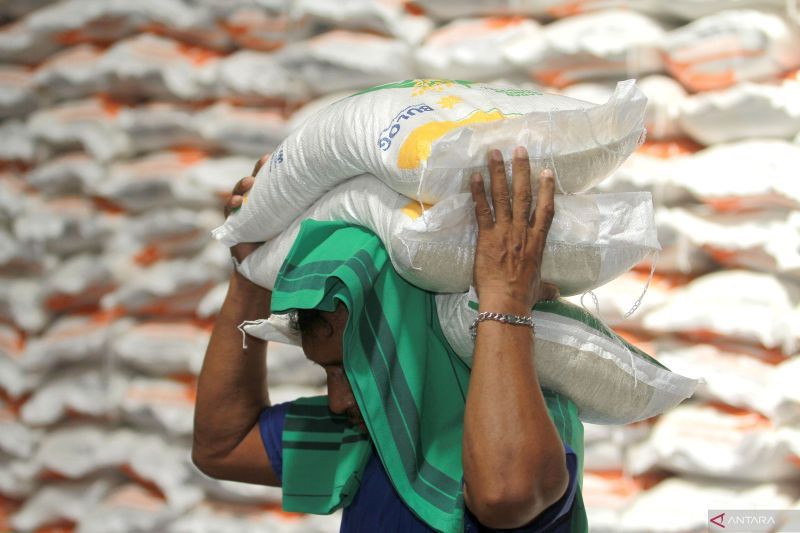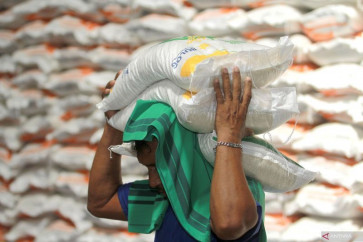Popular Reads
Top Results
Can't find what you're looking for?
View all search resultsPopular Reads
Top Results
Can't find what you're looking for?
View all search resultsLocal grain absorption is not optimal, Bulog says
Perum Bulog reports low absorption of local rice, citing harvest delays and production decline. While imported rice is still crucial, high prices pose challenges so prioritizing domestic stabilization remains key.
Change text size
Gift Premium Articles
to Anyone
S
tate-owned food public corporation Perum Bulog revealed that the nation’s local grain absorption was still not optimal, reaching only 27,000 tonnes as of March.
Bulog’s transformation and institutional relations director Sonya Mamoriska said the lack of domestic grain absorption was caused by the delay in the harvest period and the decrease in domestic rice production since the end of 2023.
As a result, Bulog relied on rice imports to fill the government rice reserves (CBP) and to ensure the stability of rice prices.
"At the end of last year, there was also a deficit. Therefore, the country’s grain or rice absorption cannot be optimal. It is evident from how we have only reached 27,000 tonnes up to March. And if you look at the graphics, it is shifting to the right because the harvest is delayed. So we rely heavily on imports," Sonya said in Jakarta on Wednesday, as quoted by cnbcindonesia.com business news website.
According to previous reports, the government directed Bulog to import 3.6 million tonnes of rice by the end of 2024 for several programs, including the Stabilization of Food Supply and Prices (SPHP) program, the Cheap Food Movement (GPM) and rice assistance distribution to around 22 million beneficiary families (KPM).
The rice was mainly imported from Pakistan, Thailand, Vietnam, Myanmar and Cambodia.
Sonya said that Indonesia had become the world's largest rice importer due to continuous imports since 2022.



















